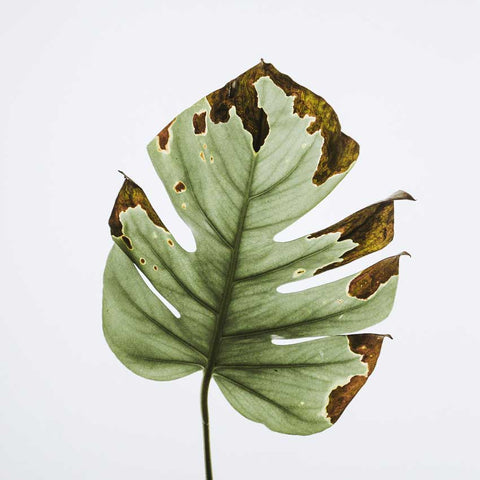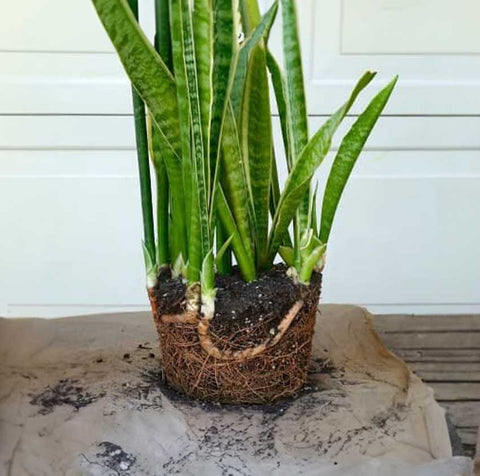Introduction
Have you ever wondered how long it takes for plants to recover from the dreaded phenomenon known as plant shock? In this informative article, we'll delve into the intricacies of plant shock, exploring its duration and the steps you can take to help your beloved green companions bounce back. So, let's unravel the mysteries surrounding plant shock and discover the path to rejuvenation!
What is Plant Shock?
Before we dive into the duration of plant shock, let's first understand what it entails. Plant shock occurs when plants experience significant stress due to environmental changes, such as transplanting, extreme weather conditions, or sudden shifts in light or temperature. This stress disrupts the plant's physiological processes, often leading to visible signs of distress.
But... How Long Does it Last?
The duration of plant shock can vary depending on several factors, including the plant species, the severity of the shock, and the care provided post-shock. While some plants may quickly recover within a few days or weeks, others may take several months to fully recuperate. Patience and attentive care are key during this period.
Signs and Symptoms

Recognising the signs of plant shock is crucial for appropriate intervention. Common symptoms include wilting, yellowing or browning leaves, leaf drop, stunted growth, and general decline in overall plant health. These indicators may appear shortly after the shock or manifest gradually over time.
Best Recovery Techniques
To help your plants recover from shock more swiftly, consider implementing these effective techniques:
a) Optimal Care: Provide your plants with optimal growing conditions, including appropriate light levels, suitable temperatures, and proper watering. Avoid overwatering, as it can exacerbate the shock and impede recovery.
b) Gentle Transitions: When transplanting or moving plants to new locations, acclimatise them gradually to minimise shock. Gradual exposure to different light, temperature, and humidity conditions allows plants to adjust more smoothly.
c) Nutrient Boost: Supplying plants with a balanced, diluted fertiliser can aid in their recovery by replenishing essential nutrients. However, be cautious not to over-fertilise, as this can further stress the plant.
d) Pruning and Maintenance: Trim damaged or unhealthy foliage to redirect the plant's energy towards new growth. Regularly remove dead or yellowing leaves, ensuring optimal air circulation around the plant.
e) Extra TLC: Offer your plants some extra tender loving care during their recovery period. Keep a close eye on their watering needs, protect them from harsh weather conditions, and provide a supportive environment to reduce stress.

And Remember Always to Keep an Eye
As mentioned earlier, the recovery timeline for plants experiencing shock can vary widely. In some cases, resilient plants may bounce back within a few weeks, showing signs of new growth. For others, the recovery process may take several months, with gradual improvement in overall health and vitality. Remember, each plant is unique, so exercise patience and keep a watchful eye on their progress.
In Short:
While plant shock can be a distressing experience for both plants and their caretakers, understanding its duration and implementing appropriate recovery techniques can pave the way for rejuvenation and growth. By providing optimal care, mitigating stress factors, and offering a little extra attention, you can help your plants recover from shock and witness them thrive once again.
Remember, nature has its own timeline, and each plant requires different amounts of time to bounce back. So, be patient, stay vigilant, and provide the nurturing environment your plants need to overcome the shock and flourish anew.
With attentive care and a touch of resilience, your plants will emerge from their shock, ready to fill your living space with vibrancy and beauty once more.



